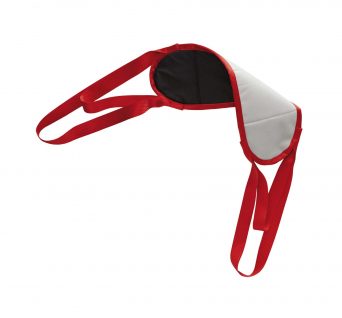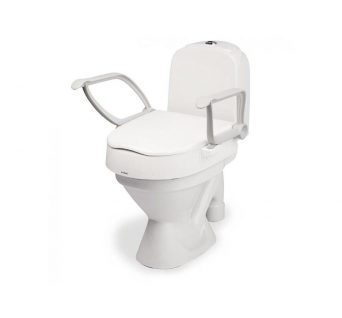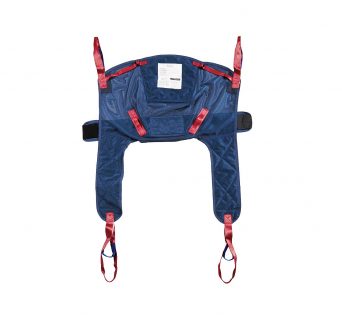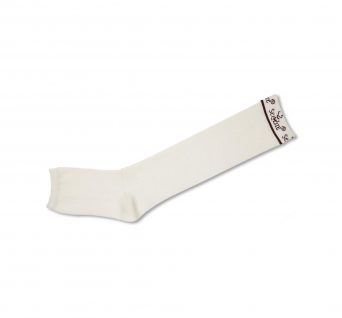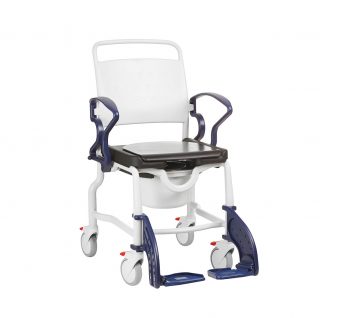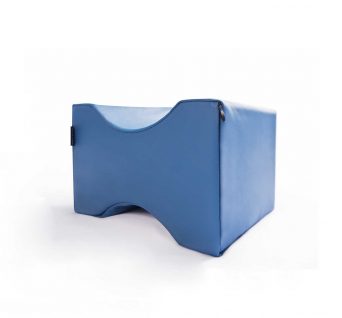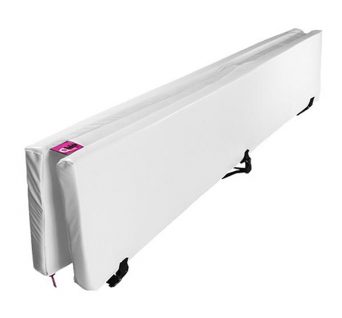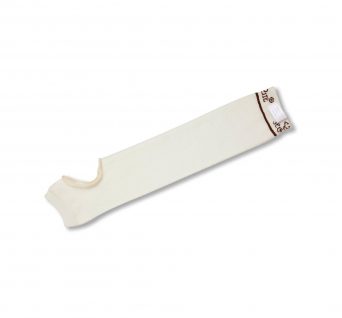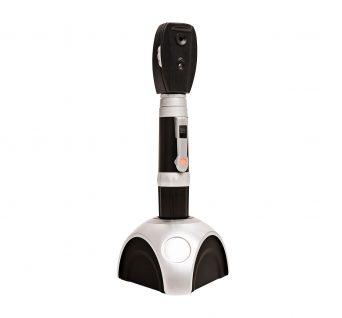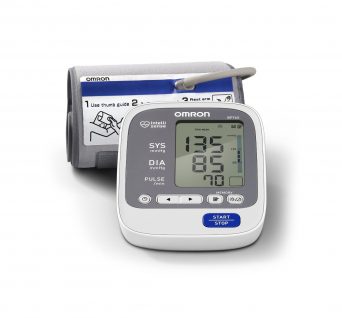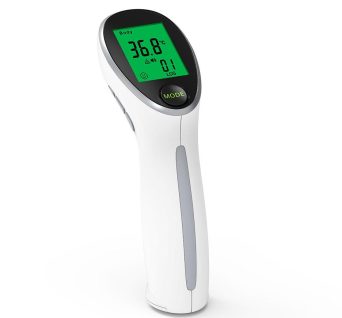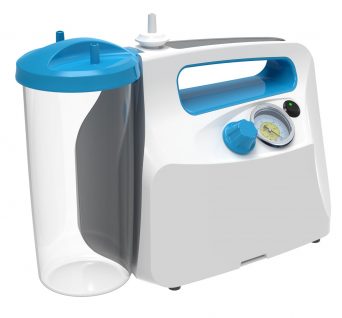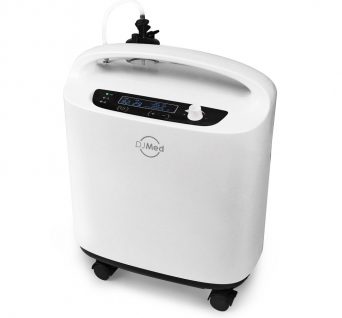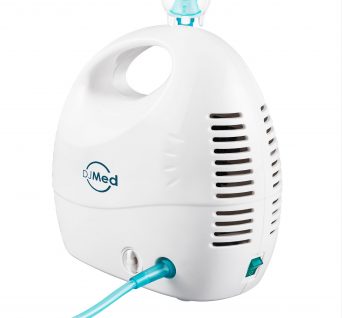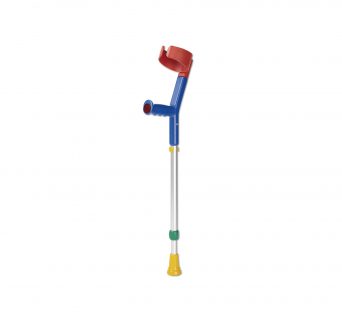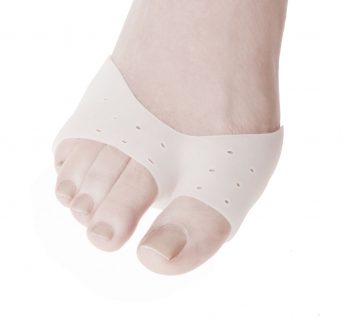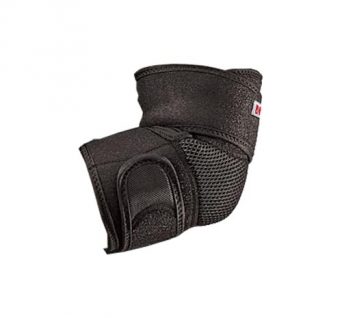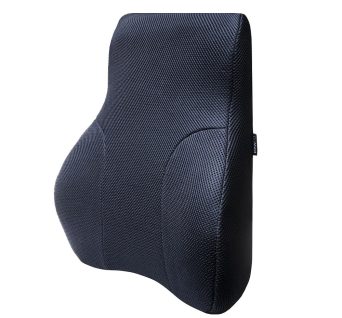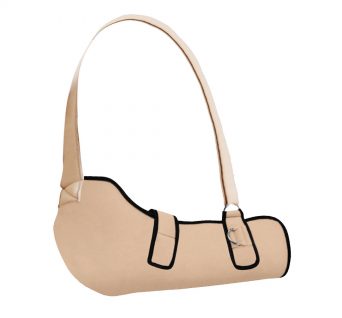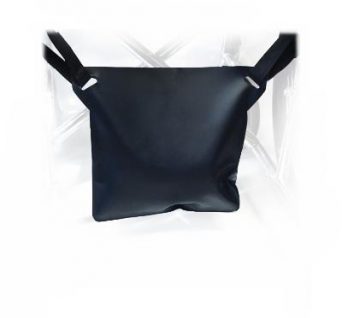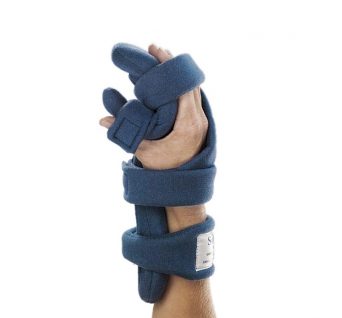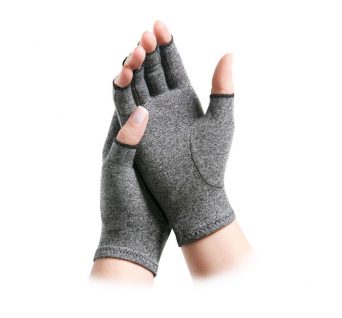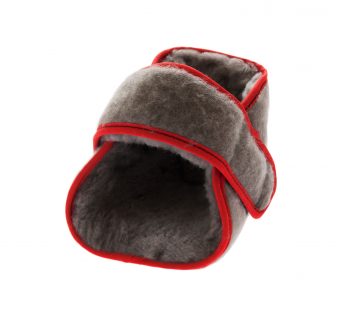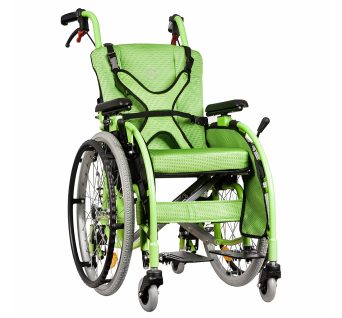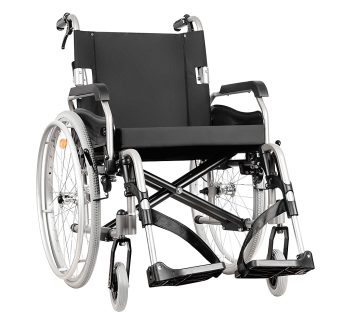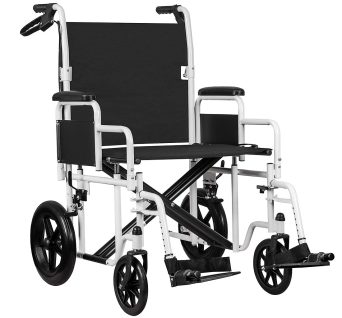No products in the cart.
Manual Wheelchairs
Showing all 4 results
- Manual Wheelchairs
MyRide Self-propelled Wheelchair, Fully-featured
Modern, fully featured, lightweight, Self-Propelled wheelchair.
Padded seat, flip up armrests for easy transfer, removable footrests, anti-tip wheels, puncture proof tires, dual breaks wheelchair.
Modern design, fully featured wheelchair in fresh colour scheme.
SKU: n/a - Manual Wheelchairs
MyRide Kids, Paediatric Wheelchair
Children’s wheelchair with adjustive arm rests, footplates, include anti-tipping wheels, seat cushion and harness.
Child, paediatric wheelchair, designed to enhance your child’s development and ability to explore. Lightweight MyRide kids wheelchair is versatile and offer a full range of all inclusive options and accessories to suit child’s style and needs.
SKU: 70791 - Manual Wheelchairs
Lifestyle Extra, Self-Propelled Wheelchair
Lightweight aluminium wheelchair, extra wide seat width of 50cm, folding, quick release footrests.
Enhanced weight capacity and seat width: Engineered to support heavier users, this wheelchair has an impressive weight capacity, providing confidence and peace of mind for both the user and their caregivers.
Sleek Aesthetics: Combining functionality with style, the wheelchair features a modern and attractive design. The aluminum frame is finished with a durable, easy-to-clean surface that maintains its appearance over time.
SKU: 70793
Manual Wheelchairs
A manual wheelchair is a type of mobility aid designed to assist people with limited or no ability to walk or move independently. It is manually operated by the user or a caregiver, using their arms to propel and steer the wheelchair. Manual wheelchairs are commonly used by individuals with mobility impairments, including those with spinal cord injuries, muscular dystrophy, cerebral palsy, and various other conditions that affect their ability to walk or move.
Key features of a manual wheelchair include:
Frame: The frame of a manual wheelchair is typically made of lightweight materials like aluminum or steel to make it easier to maneuver and transport.
Seat and Backrest: The wheelchair has a comfortable seat and a backrest to provide support and ensure the user's comfort.
Armrests: Many manual wheelchairs have armrests on either side of the seat to offer additional support for the user's arms.
Footrests or Leg Rests: Manual wheelchairs may have detachable or swing-away footrests or leg rests to support the user's legs and feet while seated.
Wheels: Manual wheelchairs have large rear wheels, which the user can grip to propel themselves forward or backward. Some wheelchairs may have smaller front casters for stability and easier maneuverability.
Brakes: Manual wheelchairs may have parking or locking brakes on the rear wheels to keep the wheelchair stationary when needed.
Folding Mechanism: Many manual wheelchairs are designed to be foldable, making them convenient for transportation and storage.
Manual wheelchairs provide individuals with mobility limitations greater independence and the ability to move around without relying on others. They are available in various sizes and configurations to accommodate different user needs. Some manual wheelchairs are self-propelled, where the user propels themselves using the rear wheels, while others may be pushed by a caregiver or attendant.
The choice of a manual wheelchair depends on factors such as the user's specific mobility needs, lifestyle, and personal preferences. It is essential to ensure that the wheelchair is properly fitted to the user's measurements to optimize comfort and maneuverability. Healthcare professionals or mobility specialists can assist in selecting the most suitable manual wheelchair based on individual requirements.
What are the types of manual wheelchair?
Manual wheelchairs come in various types and configurations, each designed to meet specific needs and preferences of users. The main types of manual wheelchairs include:
Standard Manual Wheelchair: This is the most common type of manual wheelchair. It has a simple design, a foldable frame, and is lightweight for easy transport. Standard wheelchairs are suitable for individuals with basic mobility needs and are often used for short-term or temporary use.
Lightweight Manual Wheelchair: These wheelchairs are made from lightweight materials like aluminum or titanium, making them easier to propel and transport. They are ideal for individuals who need to self-propel frequently or for those who require a caregiver to lift and handle the wheelchair regularly.
Heavy-Duty Manual Wheelchair: Heavy-duty wheelchairs are designed to support individuals with higher weight capacities and provide enhanced durability and stability. They have reinforced frames and components to withstand heavier use.
Transport Manual Wheelchair: Transport wheelchairs are designed primarily for travel and temporary use. They are lightweight and often have smaller wheels, making them easier to push or navigate by a caregiver. Transport wheelchairs are not suitable for self-propulsion.
Reclining Manual Wheelchair: Reclining wheelchairs allow the user to recline the backrest, providing more comfort and flexibility during extended periods of use or for users with specific medical needs.
Tilt-in-Space Manual Wheelchair: Tilt-in-space wheelchairs allow the entire seating system to tilt back while maintaining the user's hip and knee angles. This design redistributes pressure and provides better postural support for individuals with positioning needs or pressure ulcers.
Ergonomic Manual Wheelchair: These wheelchairs are designed with ergonomic features to provide better posture and pressure distribution. They may have contoured seats, adjustable backrests, and other customizable features to improve comfort and support.
Sports Manual Wheelchair: Sports wheelchairs are specifically designed for athletes with disabilities who participate in sports and recreational activities. They are lightweight, agile, and offer specialized features to enhance performance.
Pediatric Manual Wheelchair: Pediatric wheelchairs are designed to fit the needs of children. They come in various sizes and designs to accommodate the growth and mobility requirements of young users.
Bariatric Manual Wheelchair: Bariatric wheelchairs are designed for individuals with higher weight capacities, providing enhanced support and durability.
The choice of a manual wheelchair depends on factors such as the user's specific mobility needs, lifestyle, level of independence, and body size. Proper assessment and fitting by healthcare professionals or mobility specialists are essential to ensure the most suitable wheelchair is selected to meet the user's requirements.
What features should I look for in a wheelchair?
When looking for a wheelchair, it's essential to consider several features to ensure that it meets your specific needs and provides comfort and functionality. Here are some important features to consider:
Seat Width and Depth: The wheelchair should have a seat that accommodates your body size comfortably. Measure your hip width and the distance from the back of your buttocks to the back of your knees to determine the appropriate seat width and depth.
Weight Capacity: Make sure the wheelchair can support your weight or the weight of the intended user. Wheelchairs come in various weight capacities, so choose one that matches your requirements.
Frame Material: Wheelchair frames are commonly made of aluminum or steel. Aluminum frames are lightweight and more expensive, while steel frames are more durable and often more affordable.
Wheel Size and Type: The size and type of wheels affect the wheelchair's maneuverability and ease of propulsion. Larger rear wheels are better for self-propelling, while smaller casters provide better agility in tight spaces.
Armrests and Leg Rests: Consider the type of armrests and leg rests you need. Some wheelchairs have detachable or swing-away leg rests for easier transfers and storage. Armrests may be full-length or desk-length (shorter), depending on your preference.
Seat Cushion: A comfortable seat cushion is essential for prolonged sitting. Consider the material and thickness of the cushion, especially if you will be spending extended periods in the wheelchair.
Backrest: Look for a supportive backrest with adequate padding and adjustability to ensure comfort and proper posture.
Footplates: Check that the footplates are adjustable in height and angle to support the feet comfortably.
Brakes: Ensure that the wheelchair has effective and easy-to-use brakes for stability and safety when stationary.
Folding Mechanism: If you need to transport the wheelchair frequently, consider a model with a foldable frame for easier storage and portability.
Special Features: Depending on your specific needs, you might look for special features like reclining backrests, tilt-in-space capabilities, or ergonomic designs.
Durability and Maintenance: Consider the durability and ease of maintenance of the wheelchair, especially if it will be used regularly.
Accessibility and Transfer: If you need assistance with transfers, look for features like removable armrests and swing-away leg rests to make getting in and out of the wheelchair easier.
Style and Appearance: While not a functional consideration, you may also consider the style and appearance of the wheelchair.
Remember to try out the wheelchair and ensure that it fits properly and feels comfortable before making a final decision. If possible, consult with a healthcare professional or mobility specialist to get expert advice on selecting the most suitable wheelchair for your needs.
How to choose wheelchair seat width?
Choosing the right wheelchair seat width is crucial for ensuring comfort, proper support, and optimal mobility. Here are the steps to help you determine the appropriate wheelchair seat width:
Measure Hip Width: Sit in a firm chair with your feet flat on the floor and your knees at a 90-degree angle. Measure the widest part of your hips while wearing any bulky clothing or cushions that you typically use. Make sure the measuring tape is parallel to the floor for accurate measurements.
Add Extra Space: Add about 1 to 2 inches (2.5 to 5 cm) to the hip width measurement you obtained. This additional space allows for comfort and prevents any potential rubbing or pinching of the hips against the wheelchair sides.
Consider Clothing and Positioning Aids: If you use special cushions, positioning aids, or wear particularly bulky clothing, take these into account when determining the total seat width needed.
Choose the Closest Seat Width: Once you have calculated the total seat width needed, choose the wheelchair model with the closest seat width that meets or slightly exceeds your calculated measurement.
Try the Wheelchair: If possible, try sitting in the wheelchair before making a final decision. Ensure that you have enough space to sit comfortably, and the sides of the wheelchair do not press too tightly against your hips.
Seek Professional Advice: If you are unsure about the appropriate seat width or have specific medical needs, it's best to consult with a healthcare professional or an occupational therapist. They can provide expert guidance and ensure that the wheelchair fits your body properly.
Keep in mind that the right seat width is essential not only for comfort but also for preventing pressure sores and maintaining proper posture. An ill-fitting wheelchair can lead to discomfort, skin issues, and decreased mobility. Taking the time to determine the correct seat width will help you find a wheelchair that best suits your needs and promotes your overall well-being.

